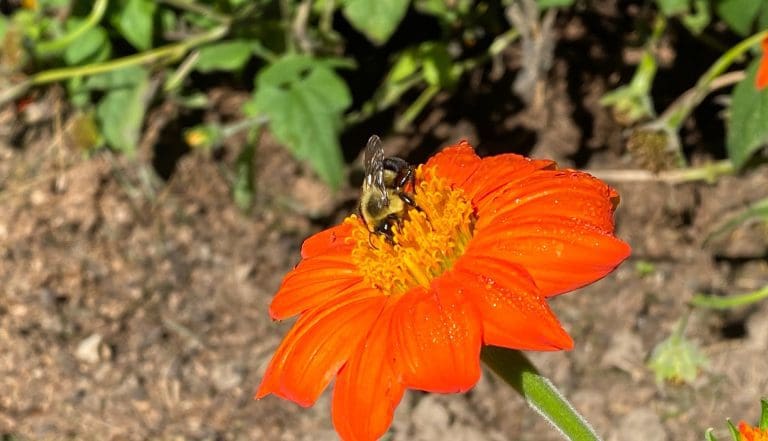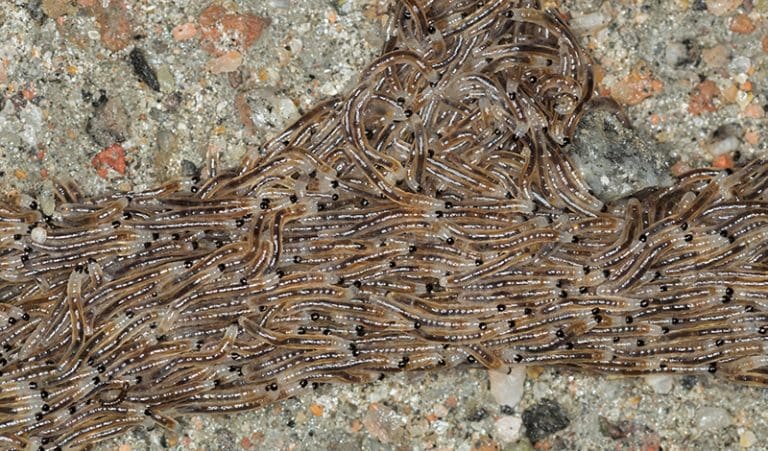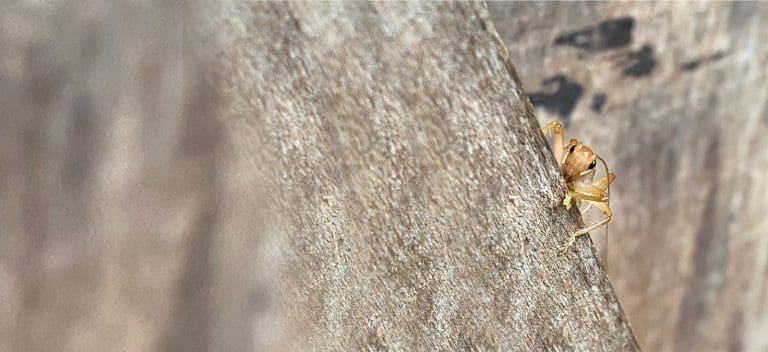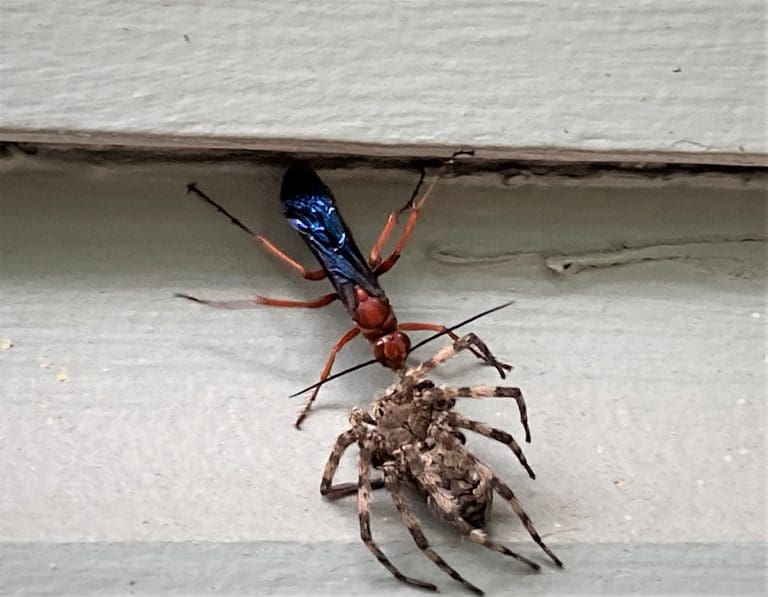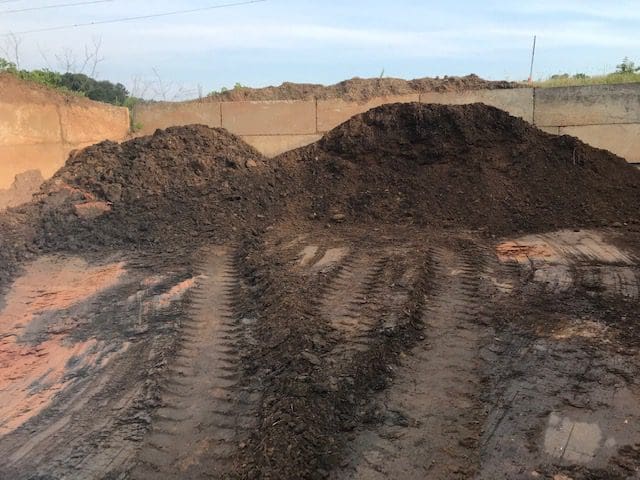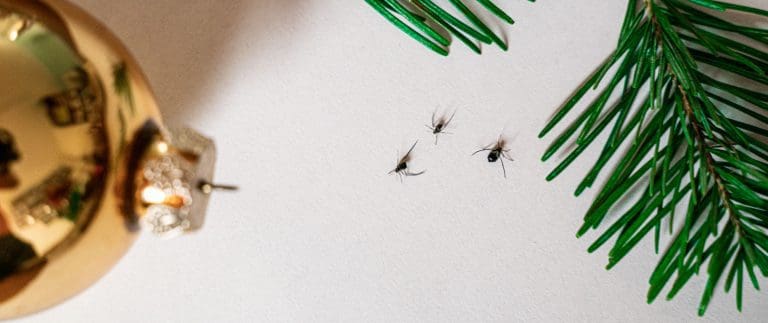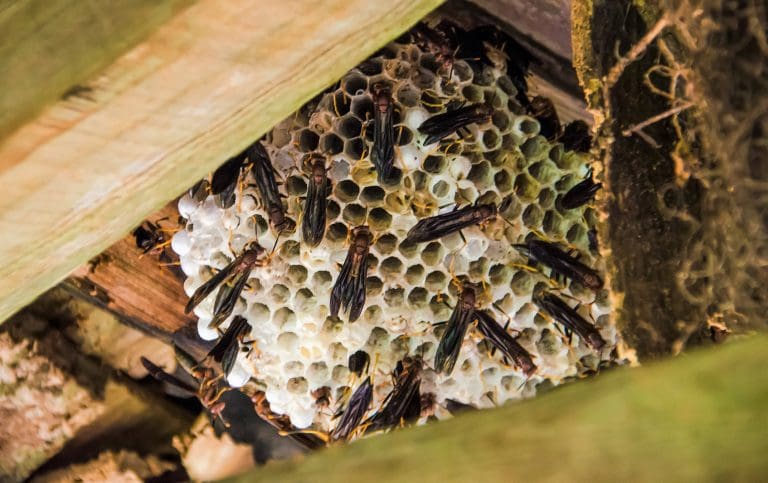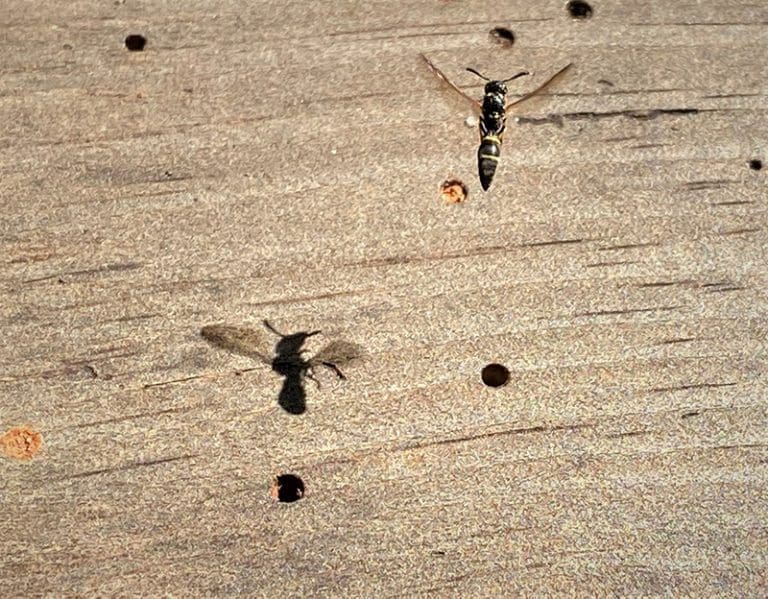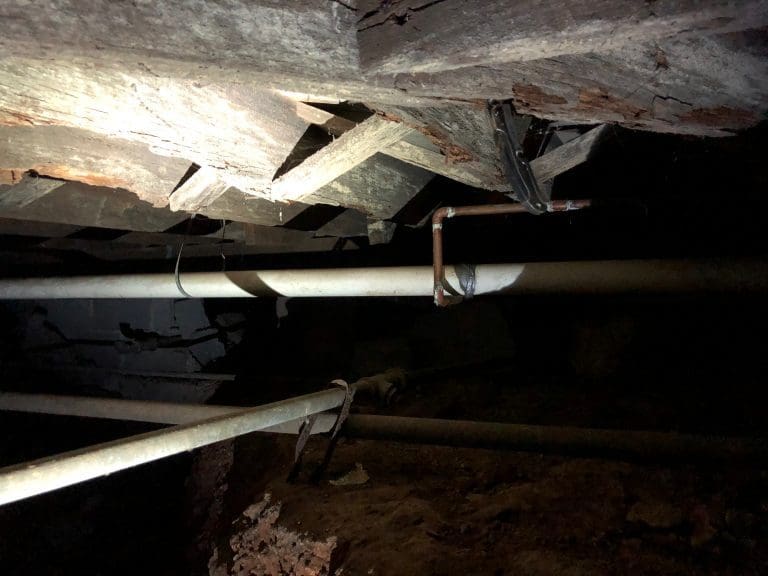Know Your Swarmers

In parts of South Carolina, Formosan termite (Coptotermes formosanus) swarms have been at a higher number than they have been in recent years. A mild winter and lots of spring rain have probably made conditions favorable for Formosan termite swarms, but no one knows for sure all the reasons why the number are higher in 2020. We just know they are out in numbers.

Formosan termites do not occur everywhere across South Carolina. Research and citizen reports documented by Clemson entomologists have established Formosan termites as being established in ten counties: Bamberg, Beaufort, Berkeley, Charleston, Dorchester, Lexington, Orangeburg, Pickens, Sumter and York. The discovery of Formosan termites does not mean they are found uniformly throughout a county; it just means locations in some areas of that county have had established infestations. Formosan termites tend to be most concentrated in coastal areas, from Charleston south to Beaufort. Interestingly, they have not been found established in Georgetown or Horry counties. The Formosan infestations in both York and Pickens counties appeared to have been isolated events brought into the counties in old infested railroad ties used for retaining walls. In both counties, the termites were treated and with follow up surveys, Formosans have not been found in those counties again, to date.

Termite swarmers, also known as alates, are one of the best indicators we have of the termite species in South Carolina and where they are located. Currently, there are eight species of termites recorded in South Carolina. Four species are drywood termites, and four are subterranean termites. While our most common native and some drywood swarmers are quite different in appearance to Formosan swarmers, there are two that can be confused as Formosan alates: the southeastern drywood termite and the light southeastern subterranean termite.
Formosan alates tend to be about 1/2 inch in length, golden brown with two simple thick veins on the leading margins of their wings, and their wings are covered with fine hairs. The southeastern drywood termite (Incisitermes snyderi), is about the same length and color of a Formosan termite. The main difference is the southeastern drywood termite has additional cross veins on the leading margin of their wings and their wings are not covered with hairs. The southeastern drywood termite also swarms the same time of the year as Formosans and in some of the same areas of the state. You need to be careful that you don’t confuse these two different species.

The light southeastern subterranean termite, Reticulitermes hageni, is the third most common native termite in South Carolina. However, the alate of this species is also similar to Formosan alates in color. They are smaller than Formosan swarmers, being about 3/8 inch in length. They have similar wing venation to Formosan termites, but their wings are not covered by hairs. Usually these termites swarm later in the year and tend to be more common the midlands to the upstate in South Carolina.
If you live in an area where Formosan termites are established and you see golden brown, ½ inch long termite swarmers, they are probably Formosans. However, if you are not sure, or you find them in a county not known to have Formosan termites, or you are concerned that you could be working with an account that could become litigious, it will behoove you to make or get a positive identification. To do that, collect not only the alate bodies but also the wings. The wings are critical for making a quick and accurate identification of Formosan termites, or not, in the Palmetto State.
Author: Dr. Eric Benson, ,PhD, BCE, Professor Emeritus & Extension Entomologist, College of Agriculture, Forestry and Life Sciences

